
*Introducing one of our new reviewers – Rob Z. While he waits for his first audiobooks to review for SFF Audio, we thought we’d tide you over with one of his favorite audiobook reviews.*
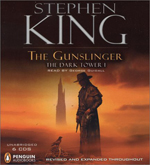 The Gunslinger (The Dark Tower #1) – revised and expanded ed.
The Gunslinger (The Dark Tower #1) – revised and expanded ed.
By Stephen King; Read by George Guidall
Publisher: Penguin Audio, now available on Audible
Publication Date: 6 October 2003
7 hours, 24 minutes [UNABRIDGED]
Themes: / fantasy / parallel worlds /
Publisher summary:
Eerie, dreamlike, set in a world that is weirdly related to our own, The Gunslinger introduces Roland Deschain of Gilead, of In-World that was, as he pursues his enigmatic antagonist to the mountains that separate the desert from the Western Sea in the first volume of The Dark Tower series. Roland, the last gunslinger, is a solitary figure, perhaps accursed, who with a strange single-mindedness traverses an exhausted, almost timeless landscape of good and evil. The people he encounters are left behind, or worse, left dead. At a way station, however, he meets Jake, a boy from a particular time (1977) and a particular place (New York City), and soon the two are joined, khef, ka, and ka-tet. The mountains lie before them. So does the man in black and, somewhere far beyond…the Dark Tower.
The start of an epic journey. Or is it? The start I mean.
“The man in black fled across the desert, and the gunslinger followed.”
Why? To what purpose? How long has he been chasing him? Ah my friends, these are but a few of many questions.
The journey is the key, and here we throw our lot in with the Gunslinger as he speeds towards his goal. Will we ever reach it? One must continue the journey with Roland to find out. And so I have. Again.
I’ve lost track of how many times I’ve read this book. It’s probably my least favorite in the series, and yet it contains some of my favorite moments.
The glimpses into Roland’s childhood that are a large part of what makes Wizard and Glass one of my absolute favorite books are present in this book with much smaller doses. The story of Roland’s coming of age in particular is one I could listen to again and again (and so I have, say thankee-sai).
Another particular favorite of mine is Tull. It gives us a glimpse, and it just a glimpse of who the Gunslinger really is. It is here that Mr. King makes a revision in a scene I’m not sure I agree with. It’s not a “Han Shot First” re-write for me, but one I felt un-necessary that tries to offer some forgiveness for Roland’s actions.
That said. I love this book. The original book is actually a collection of 5 stories that were published in a magazine over the span of about 3 years. Mr. King revised the book in 2003.
For the most part, the revisions help to fill out the story and clear up some continuity issues that Mr. King hadn’t worked out when he first wrote them. You could maybe call it ret-con, but I really consider it more of clarification of detail that was lacking.
I’ve always wondered why so many people don’t like this book. My friend listened to it with his brother. He almost quit the series right there. His brother did. I’ve seen many people recommend skipping this book outright and coming back to it at the end. I suppose that would work, but the need for it is beyond my comprehension.
I thought maybe this re-read many years since my last around the time of the final 3 books release in the mid 2000s would shed some light on it. It did not.
Maybe it’s a sense of nostalgia. Maybe because I first read this book before many of the long sprawling epics I’ve tackled since. But their are certainly other books I enjoyed as a younger man that I no longer enjoy as an adult.
This book isn’t one of those. To me it offers you a glimpse and a promise of all that is to come. For that I must again say Thankee-sai to Mr. King.
I listened to the audible version of the revised edition of this book. The reader is George Guidall.
He was enjoyable enough, and his voice seems suited to the tale. I opted to do an audio-book re-‘read’ of the series as my friend has been experiencing it for the first time and I find my memory of it lacking.
One of the things lost by doing the audio however is the artwork. I have 1-4 in trade paperback by Plume (with both the original text and updated version that this audiobook contains) and the original hard cover releases of 5-7. The Plume editions contain some, but not all of the artwork contained in the original hard cover releases.
Some may not welcome the art, as they prefer to let their own imaginations paint the pictures, but I’ve always been lacking in visual imagination so I welcome the inspiration to help my brain fill in the rest. I plan to make it a point to re-visit the art at some point as my re-read continues.
Review by Rob Zak.


 Herbert West – Reanimator
Herbert West – Reanimator
 The Gunslinger (The Dark Tower #1) – revised and expanded ed.
The Gunslinger (The Dark Tower #1) – revised and expanded ed.


 First broadcast on BBC Radio 4, in November 2005,
First broadcast on BBC Radio 4, in November 2005, 
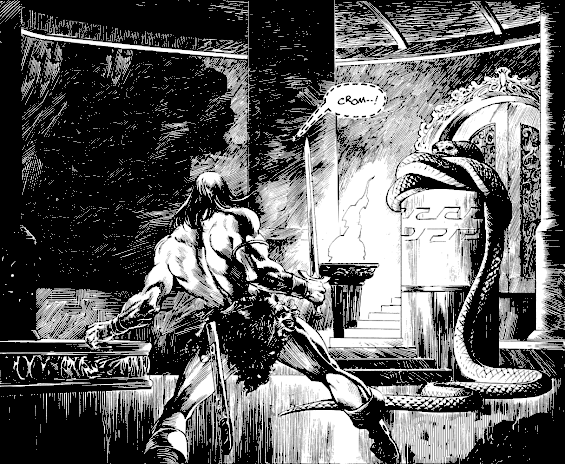
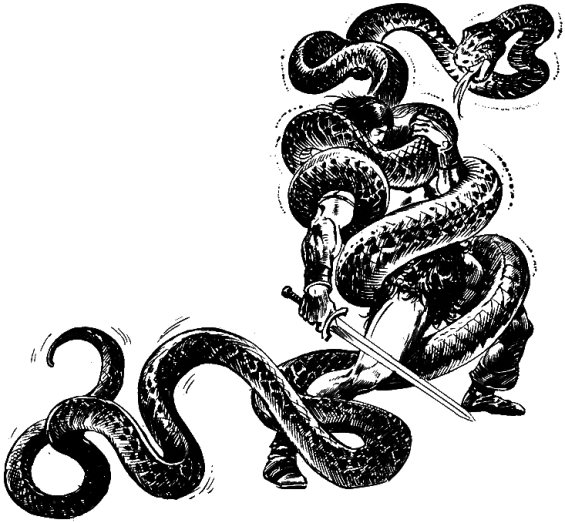
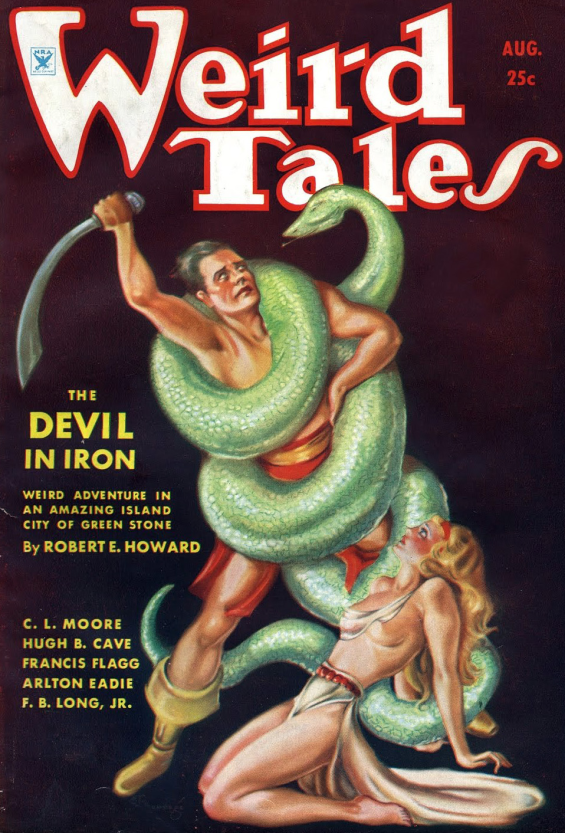
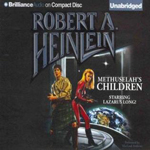 Methuselah’s Children
Methuselah’s Children